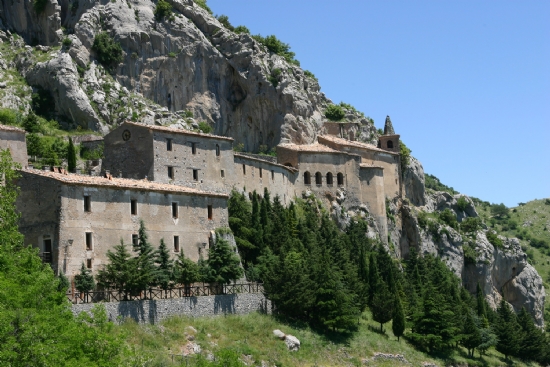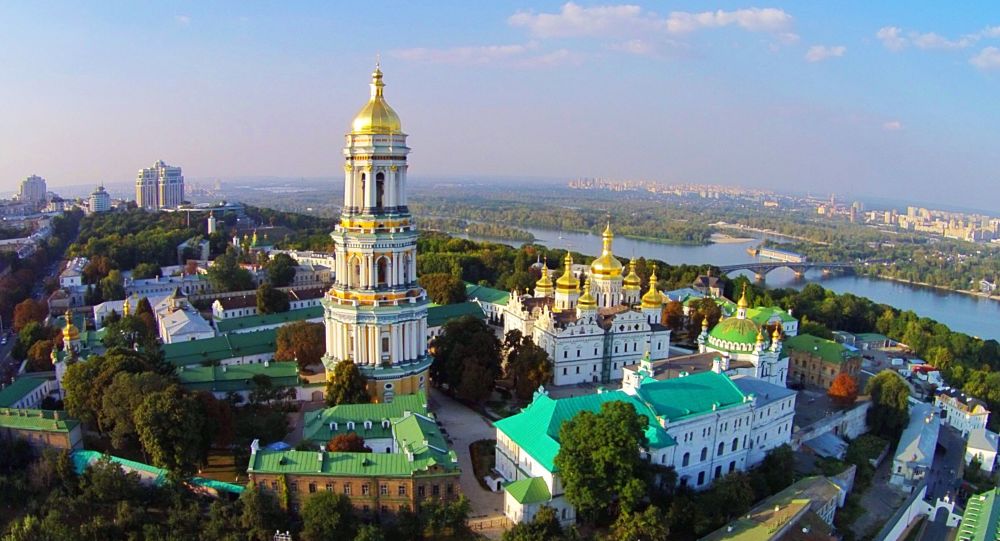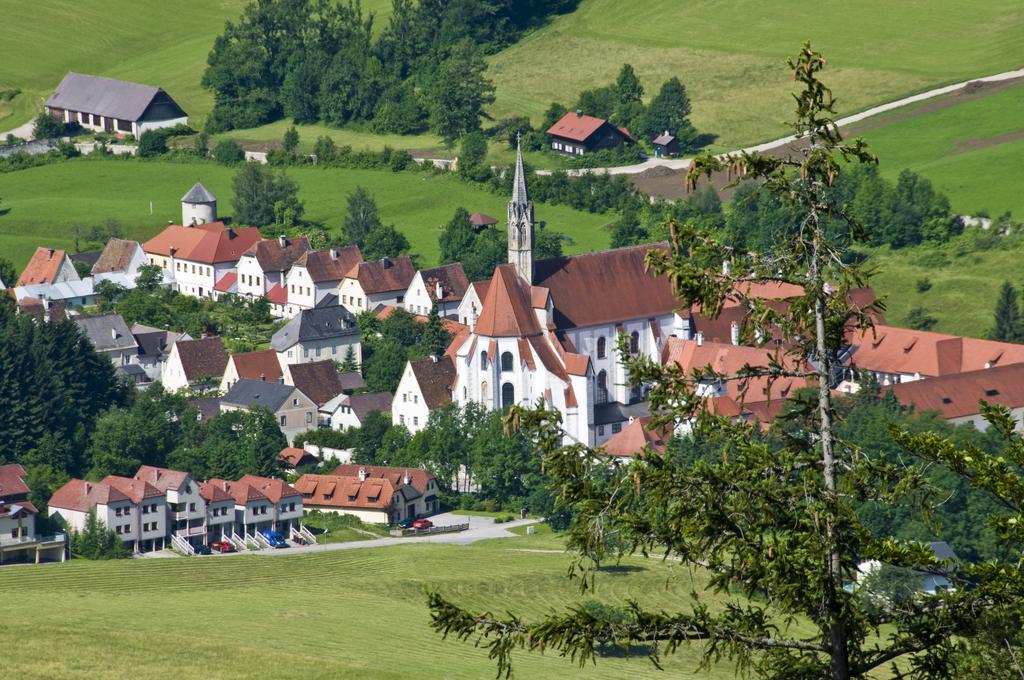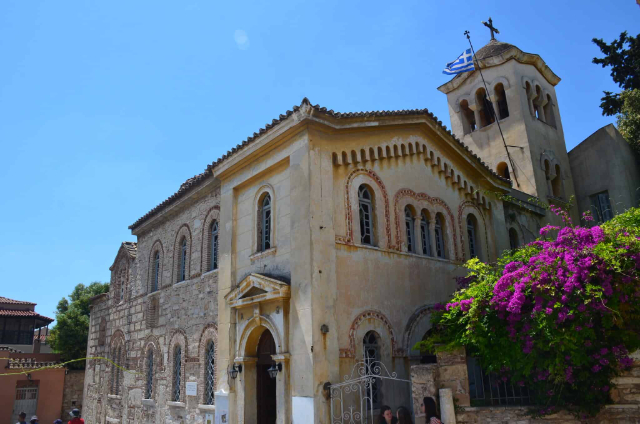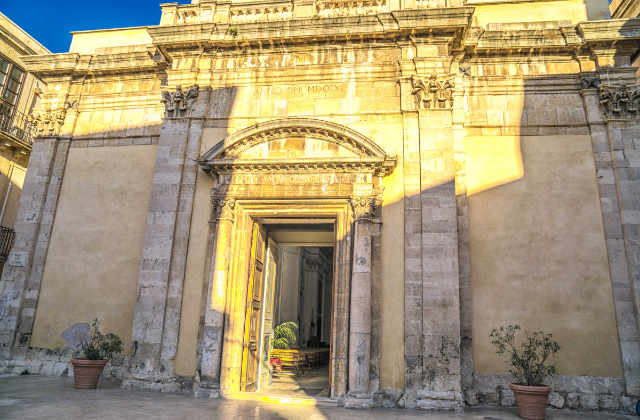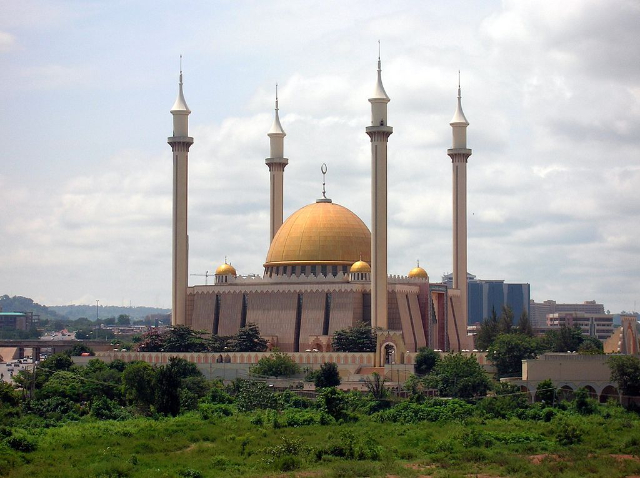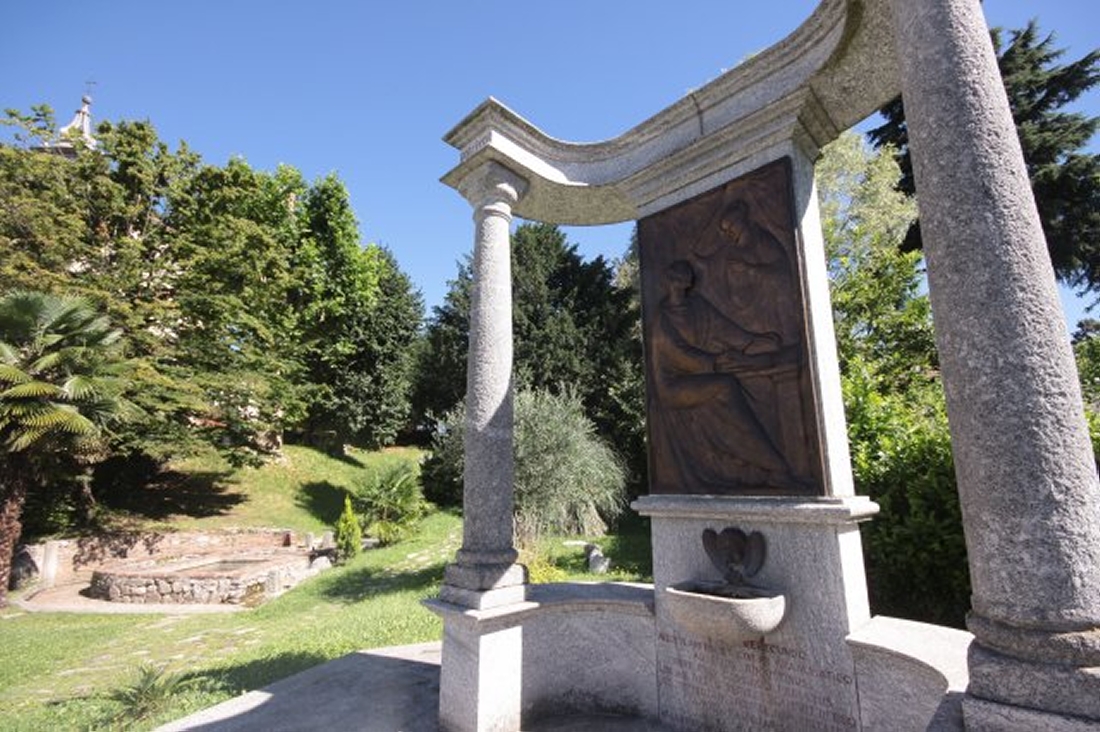A refuge for Eastern monks who fled initially the iconoclastic persecution of Leo III Isauricus and later Arab pressure in Sicily.The rugged Calabrian hollows welcomed numerous monks of the Greek-Byzantine rite throughout the Middle Ages. Particularly suited to a solitary life based on work and prayer, the slopes and deep caves of Mount Sellaro, in the Cerchiara di Calabria district, saw the flourishing of hermitages, lauras and monumental monasteries.Here, St. Pancomius erected the monastery of St. Andrew in the 10th century, gathered there the hermits who formed the ascentarium "TònArmòn" (from the Greek "Twnarmwn "meaning "of the caves") and instituted the cult of Our Lady TònArmòn, later by assonance translated into Madonna of Arms.With the arrival of the Normans, religious policy sharply opposed to Greek monasticism determined the decline of these flourishing centers of spirituality, whose important monumental, artistic and religious legacy survives to this day in the precious and ancient remains handed down to us by history.
It all began in 1450 in the woods of Mount Sellaro, during the pursuit by a group of hunters from Rossano of a doe. After an exhausting run, the animal, determined to escape the sight of its pursuers, took refuge in a cave; it was here that the prodigy occurred. The doe, which suddenly disappeared, gave way to two wooden icons depicting the Holy Evangelists. The hunters, surprised by the event, decided to take the tablets to their town, but they disappeared from here three times, only to be found again and again at the place of their discovery. Certain that it was the divine will, the citizens of Rossano then decided to build a small chapel in the famous cave to guard them, but during the work a second prodigy occurred. One of the stonemasons broke with a decisive blow an oval stone, unserviceable for its purpose, that always happened to be in his hands: the stone opened in two and in the inner faces appeared on one side the image of the Madonna and Child and on the other St. John the Baptist.
The former has since that time been kept in a chapel inside the church, the latter was stolen and, according to tradition, transported to Malta. Popular tradition passes down with this legendary tale the origin of the Sanctuary of Santa Maria delle Armi, one of the most famous monumental complexes of medieval origin in Calabria. A place of prayer and meditation, for centuries the destination of heartfelt pilgrimages, the majestic complex set in the rock of the mountain leaves one truly speechless for its magnificence and the enchanting scenery in which it is set. Built near the ruins of the monastery of St. Andrew, on a site already dedicated to worship in ancient times, it has been restored and enlarged over the centuries, enriched especially by the Sanseverino princes of Bisignano and the Pignatelli of Cerchiara, and can be reached by driving along a paved road that crosses the wooded side of the mountain, rising to an altitude of more than 1,000 meters. Reaching the entrance, after passing the Duke’s Palace, the Pilgrims’ Hospice and buildings formerly used for the hospitality of orphans and staff, one leads to a small portico with four Romanesque arches, a splendid panoramic balcony over the plain of Sibari below.
arcing a rich portal in local white stone, one enters the interior of the church, carved several meters into the living rock; Byzantine in style, with an irregular Latin cross plan, it preserves notable 17th-century works and 18th-century frescoes of the Neapolitan school. The natural vault is frescoed with the "Glory of the Virgin with Trinity and Saints" and the "Last Judgment" by Joseph De Rosa of Castrovillari (1715). On the right side of the high altar, we discover the famous grotto that holds the miraculous image of the Madonna achiropita (not painted by human hand), preserved since 1750 in a Baroque-style silver shrine. The Pignatelli Chapel ends the left side of the church. The visit ends in the exhibition hall that traces the history of the shrine through the collection of altarpieces, sacred vestments, paintings and furnishings.
